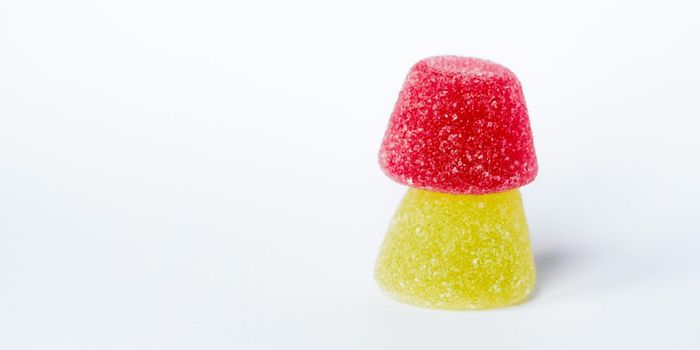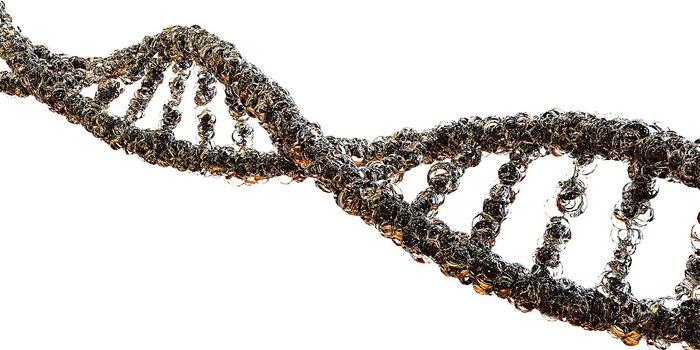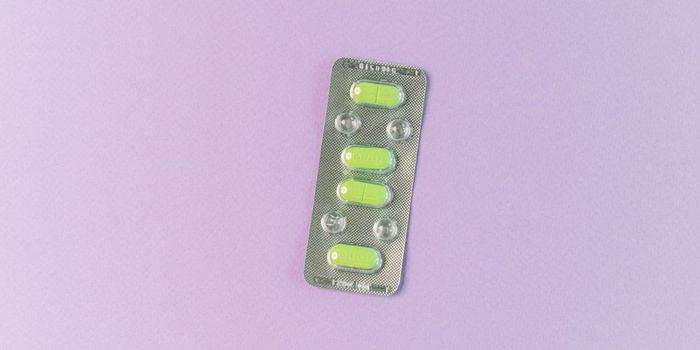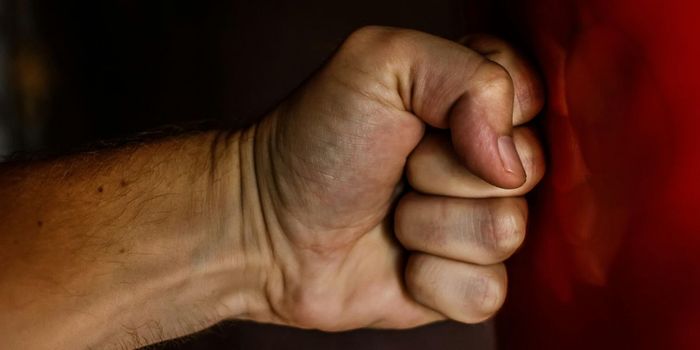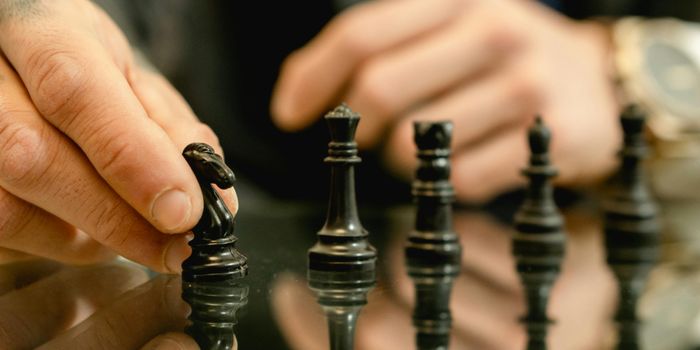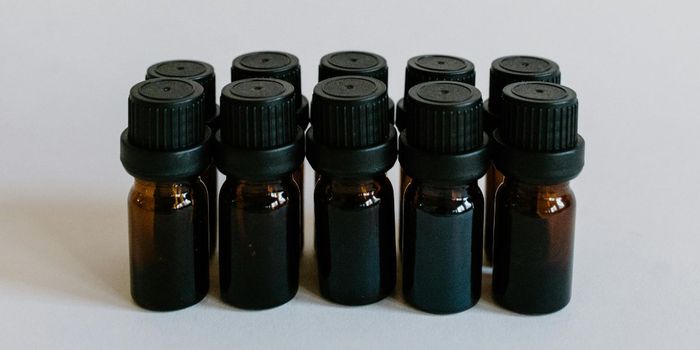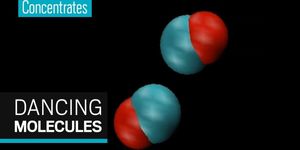CBD Tablets Help People Quit Cannabis
Cannabis use disorder is essentially cannabis addiction. Although research suggests that it affects 9% of people who use cannabis, there are currently no treatments available for the condition. Now, in an ironic twist, cannabidiol (CBD), a cannabinoid, has proven effective.
For the study, researchers from the University of Bath in England recruited 82 people diagnosed with moderately- severe cannabis use disorder. This meant that each participant experienced at least four out of 11 possible symptoms for addiction. These include spending a lot of time trying to obtain the substance and using it even though it impaired their personal lives. What’s more, each participant had also tried to cut down on their use at least once before.
During the study, each participant was randomly assigned to take two capsules of either prescription-grade CBD daily at 200mg, 400mg or 800mg doses, or a placebo for four weeks.
All candidates also received six counseling sessions before and during the study period to help them quit. To assess whether they had cut down on their usage of cannabis, the researchers tested their urine weekly for THC.
Although the researchers quickly found the 200mg dose of CBD to be ineffective, they found that daily doses of 400mg and 800mg had a positive impact. The 400mg was most effective, reducing THC levels in urine by an average of 94.21ng/mL, while the 800mg dose reduced THC by 72.02ng/mL.
The researchers also found that the 400g group abstained from smoking cannabis half a day longer per week than the placebo group, while those taking 800mg abstained 0.3 days longer.
Throughout the study, none of the participants experienced any severe adverse side effects from the CBD treatment. This suggests that CBD is safe for use.
As for how it works, the researchers speculate that as CBD blocks the brain’s cannabinoid receptors from binding with cannabinoids like THC, it can make people feel more relaxed. However, they say that more research is needed to confirm the mechanism and how it may help people abstain.
Sources: Inverse, The Lancet


